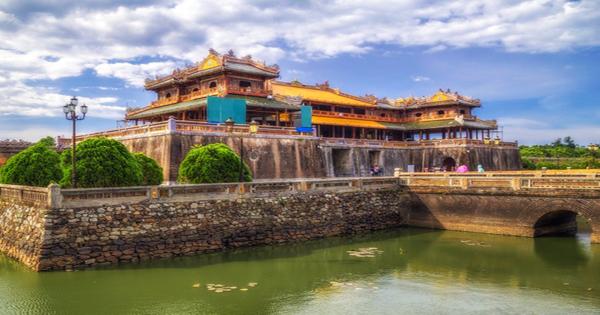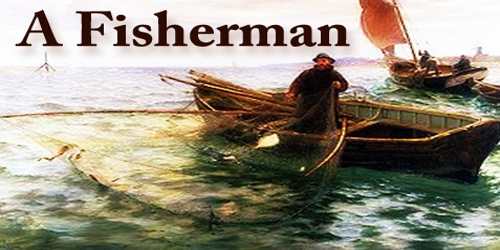Built-in 1362, the Imperial City (Vietnamese: Hoàng thành) was listed as a UNESCO World Heritage Site in 1993. It is a walled enclosure of the city of Huế, the former imperial capital of Vietnam, within the citadel (Kinh thành). The walls of the town have seen a lot of history during these two periods of time. Hue’s Citadel’s thick stone walls are undoubtedly strong, towering over a moat fed by the Perfume River. It also worked during the reign of the Nguyen dynasty as the capital of Vietnam from 1802 to 1945. The Purple Forbidden City was an internal sanctum within the Citadel, reserved solely for the royal family. It offered a supposedly impregnable fortress with multiple layers of protection that shielded the royal family from possible invaders outside the walls. Nonetheless, an amazing sight was the Imperial City. As seen in the bullet holes still evident from the military conflicts of the 20th century, the most damaging were man-made crises. Experts in ‘geomancy’ selected the Hue Citadel site, spiritual science that searches for positive omens in the natural landscapes. It was agreed that the Perfume River and the mountains here since they looked like snakes and lions, would protect the area. The citadel, facing the Huong River, was then used as a residence for the Emperor. The Imperial City became a unique cultural center and a magnificent sight to see with elaborate parks, courtyards, and pavilions. There were once luxurious and opulent walls within the Citadel, with ornate gardens and elaborate pagodas. But the war in Vietnam has not been generous to the Imperial Region. Huge pieces of it are nothing more than ruins now.

(Imperial City of Huế)
Carefully positioned within the natural setting of the site, the designs of the Complex of Hue Monuments are cosmologically associated with the Five Cardinal Points (center, west, east, north, south), the Five Elements (earth, metal, wood, water, fire), and the Five Colours (yellow, white, blue, black, red). While natural disasters and the hand of time played their part, much of the damage was truly caused by the Vietnam War. In January 1968, the North Vietnamese Army invaded Hue and the Allied forces replied with bombings. Just 10 major buildings out of the 160 important buildings on the site survived the war. They are repairing and maintaining the buildings that still exist. The most recent, and so far the biggest, reconstruction project is scheduled for completion in 2015. As a visitor, it takes a long time to walk around the imperial city. Partly because of the sheer size, but also because it is possible to look at quite a few different sections. There was everything on the inside that visitors would expect from the capital of a nation. From offices and palaces to homes and gardens. The most significant portion, The Purple Forbidden City, was founded in the middle, though. The Imperial City grounds are covered 2 kilometers by 2 kilometers by fortified ramparts, and ringed by a moat. The water in the moat is routed through a set of sluice gates from the Perfume River. There are many similar monuments of significance outside the Capital City. The integrity of the architecture and construction design of the town makes it an excellent example of late feudal urban planning in East Asia. Today, the walls of the citadel remain, and while the Imperial City may be gone, to see its history, tourists are able to ride through the gates.
















